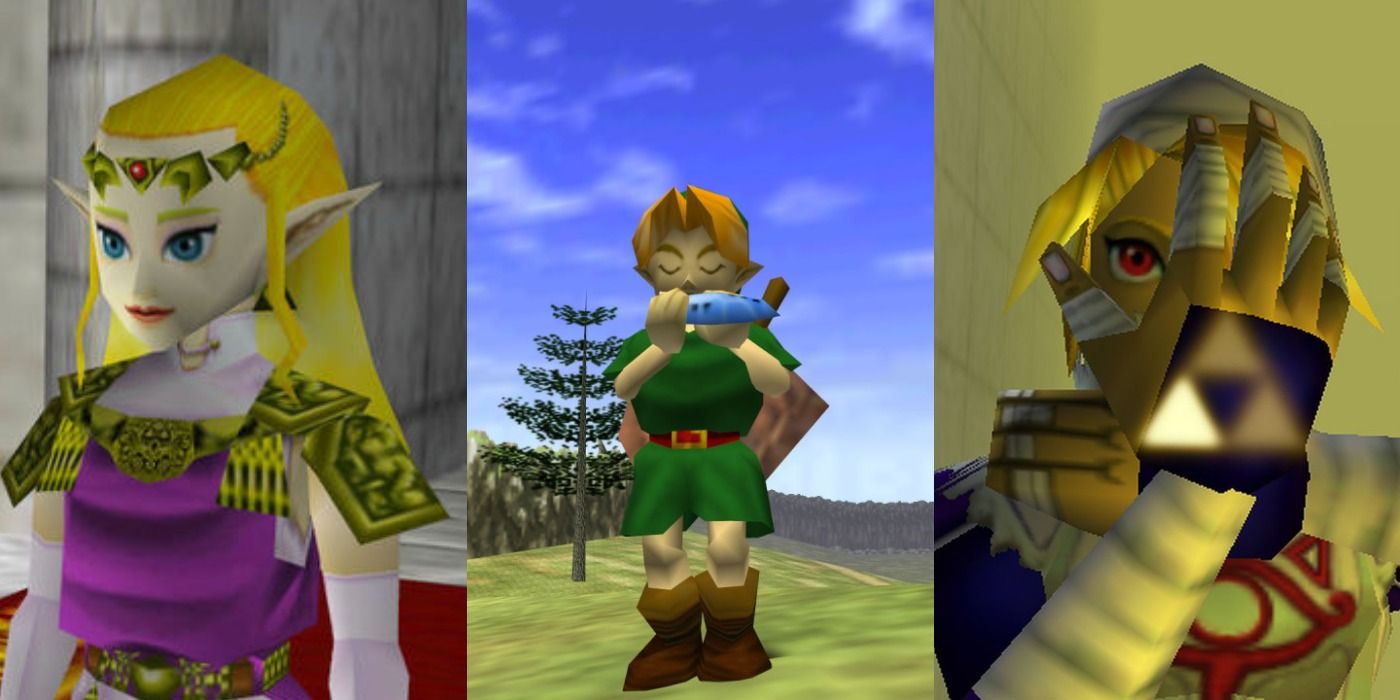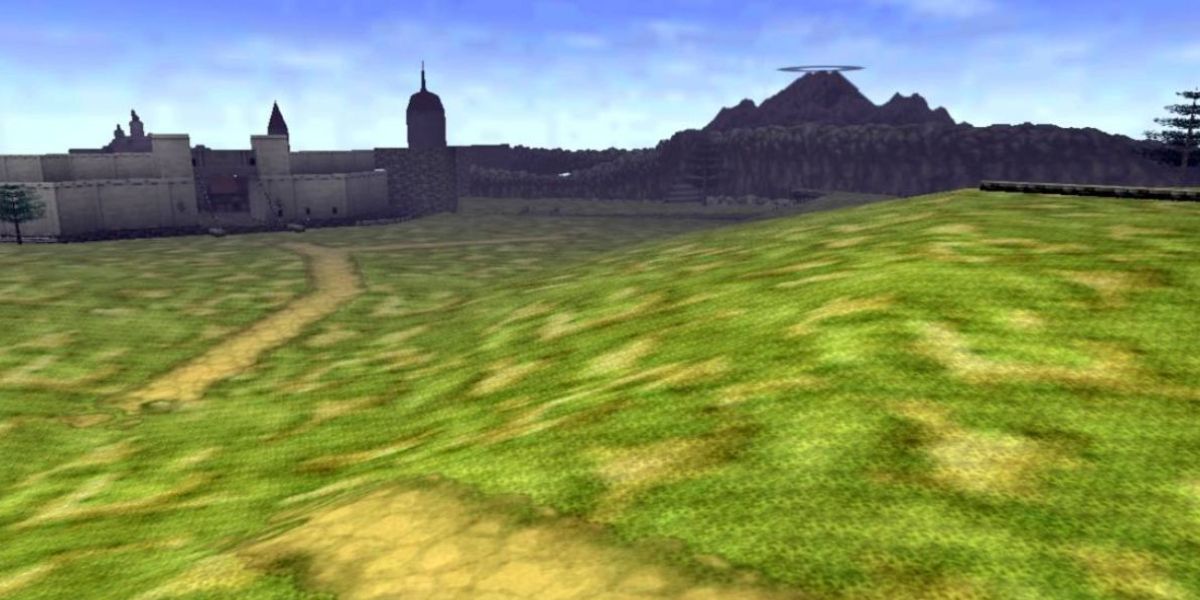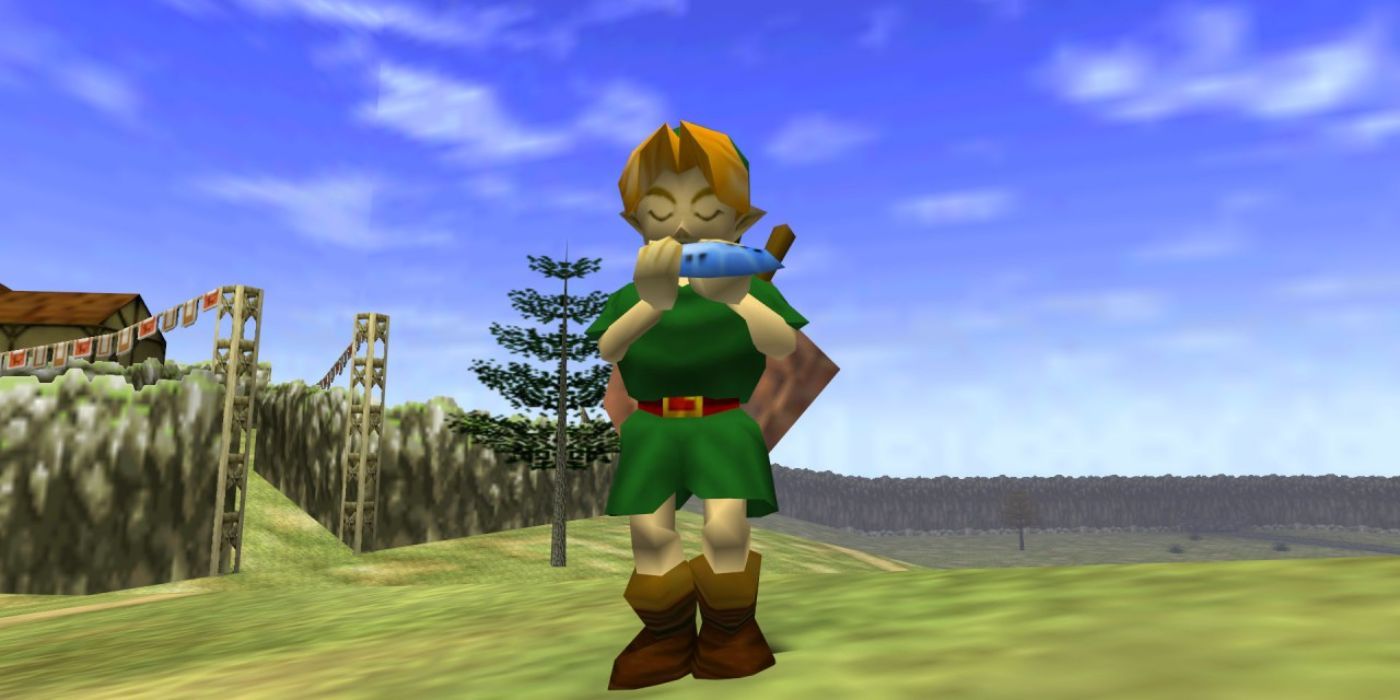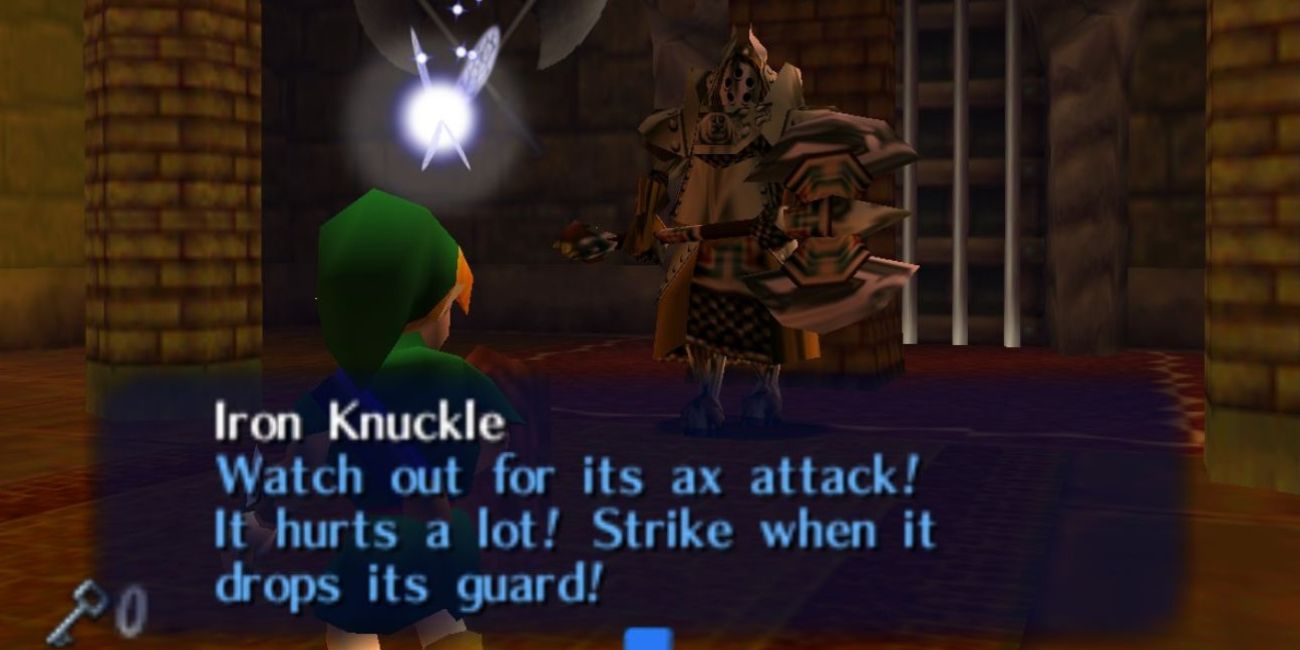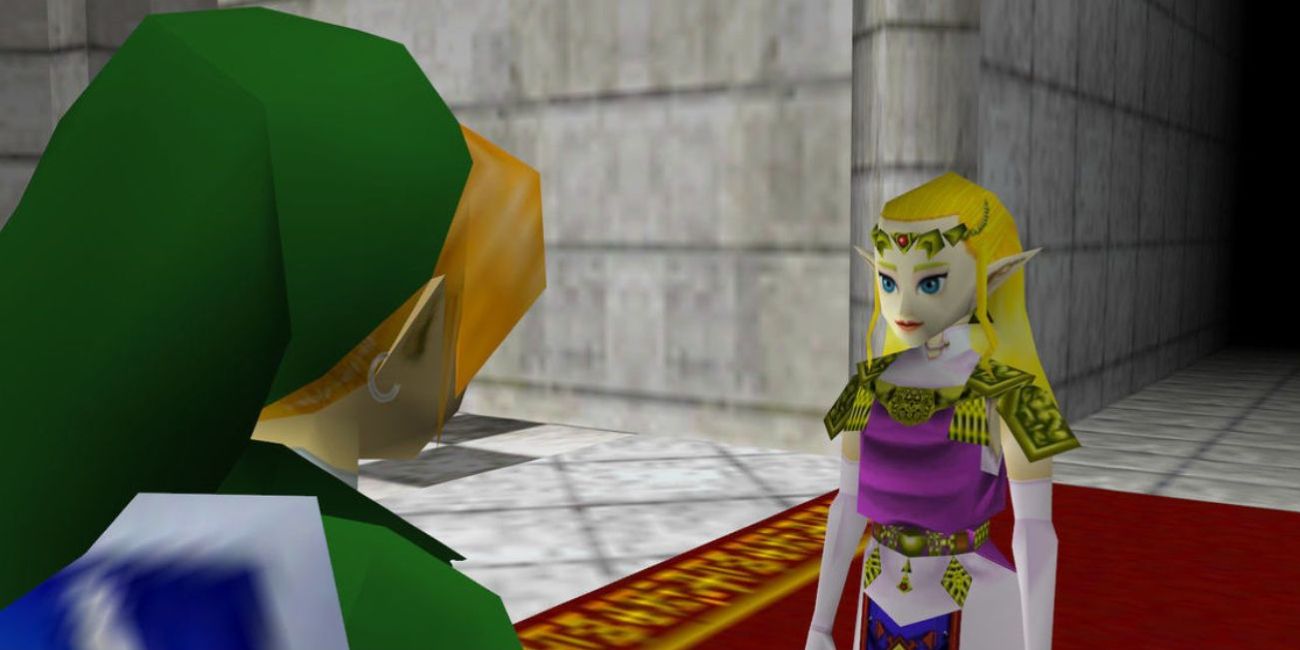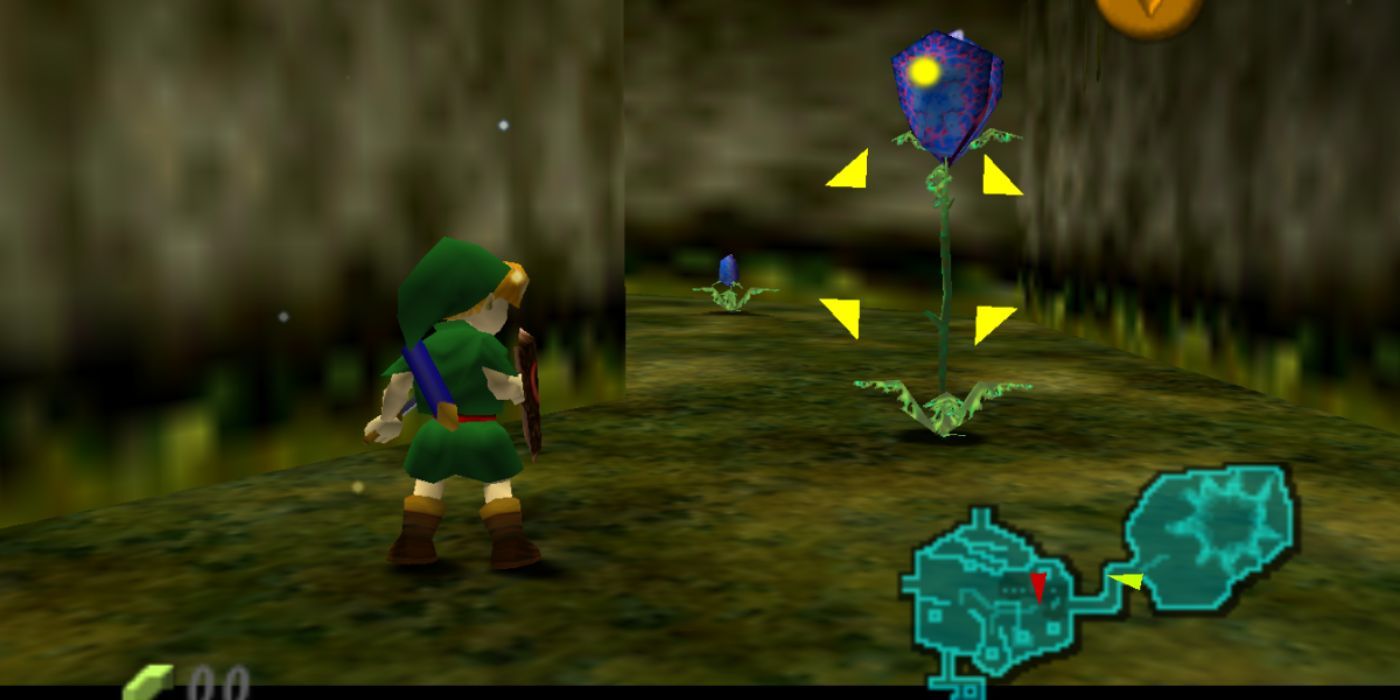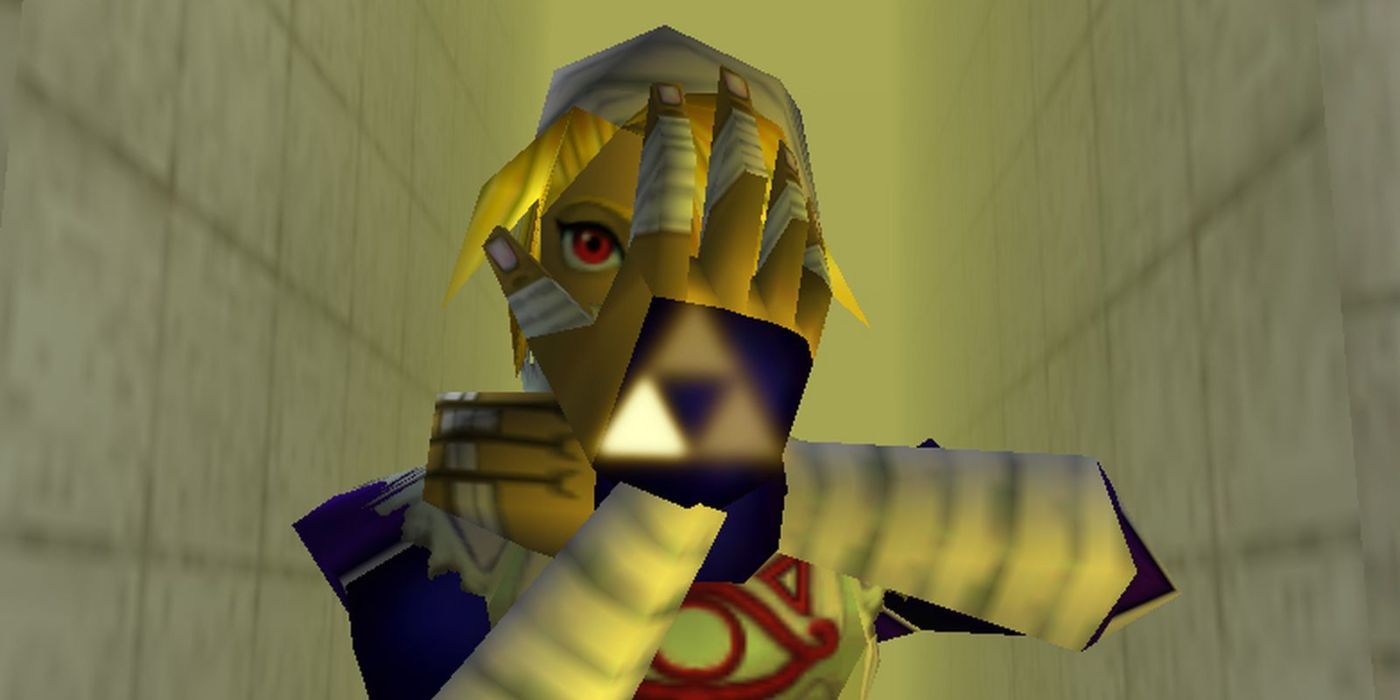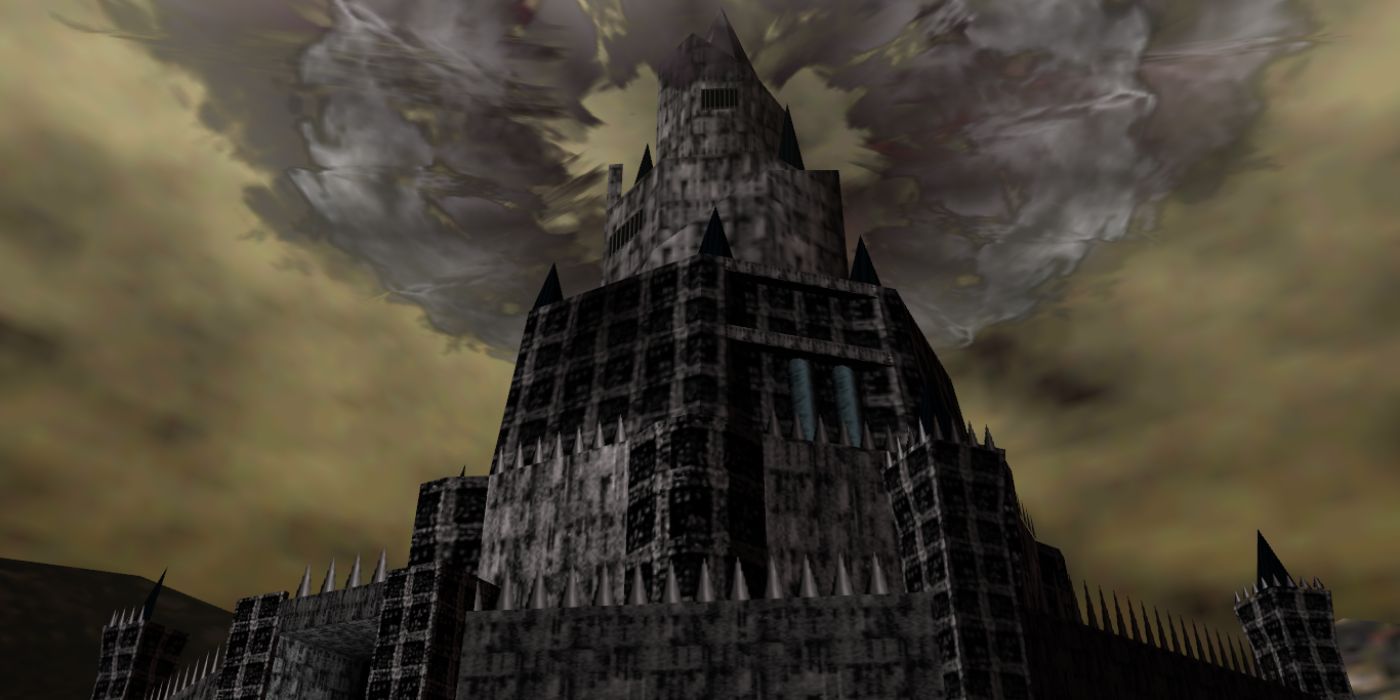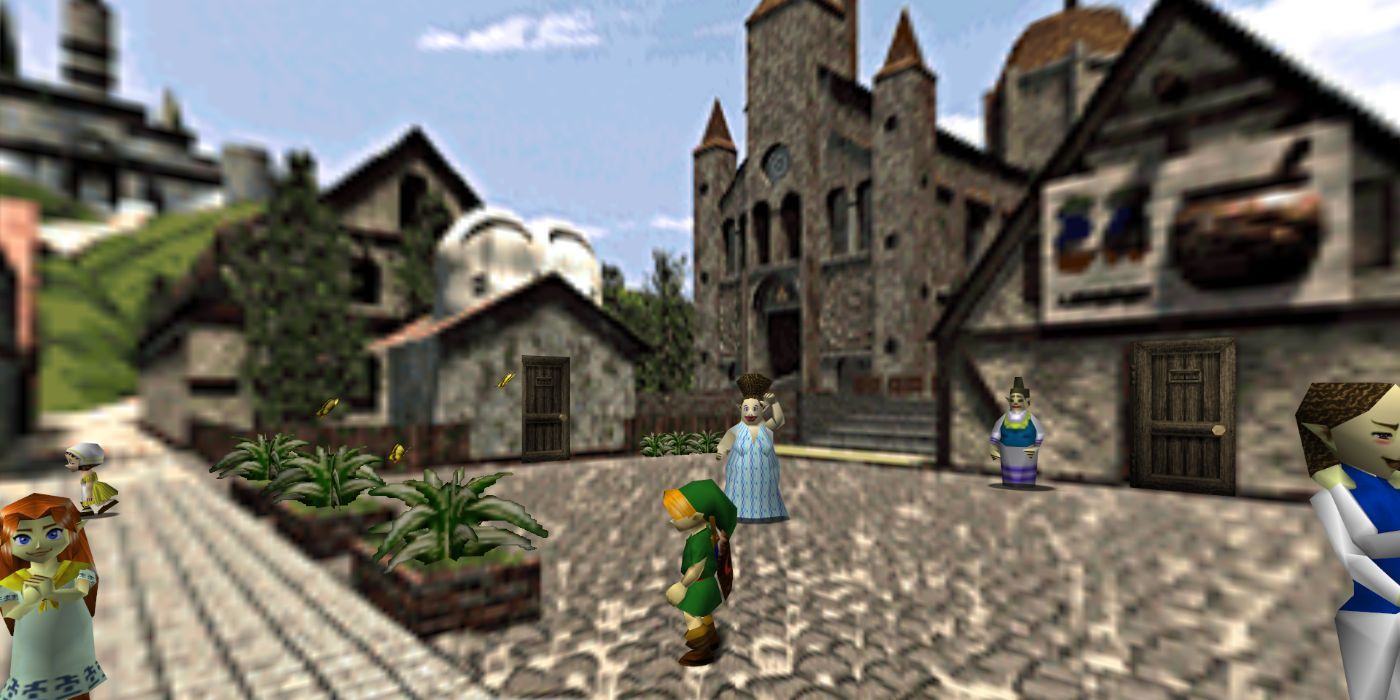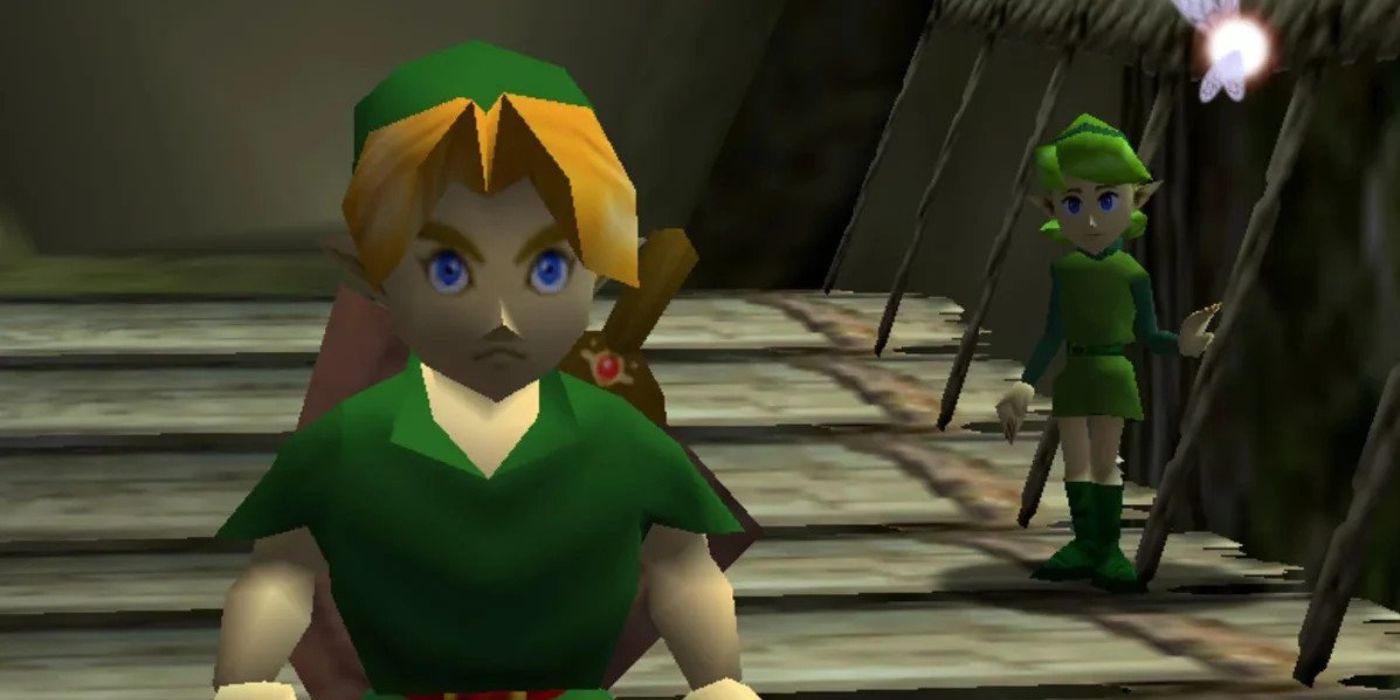In the winter of 1998, there was no game more coveted than The Legend of Zelda: Ocarina of Time. Hotly anticipated as the franchise's first foray into 3D gameplay, Nintendo set an even loftier bar for itself with the promise of an open-world design. The stakes were high; a hardware glitch had delayed development by a whole year, and Nintendo was pressed to follow up its critical success with Super Mario 64 and 1997's Star Fox 64.
Upon release, the title exceeded all expectations. Nintendo produced a masterpiece that would inspire imaginations across the world for decades and be remembered as much for its unparalleled gameplay experience as it is for its innovation in game design. In this way, it is perhaps impossible to number the ways in which Ocarina of Time influenced the gaming industry, as its reach has been so vast. In terms of mechanical, narrative, and performative innovations, however, several examples stand out as ways in which this particular legend made the gaming world a little bit better.
Open-World Game Design
Between titles like Grand Theft Auto 5 and The Witcher 3: The Wild Hunt, it's easy to take for granted the mechanics of open-world gameplay that dominates prestige gaming titles. This immersive style of game design was not always so intuitive and nuanced, due to both limitations in technology and developer imagination. With Ocarina of Time, Nintendo shattered expectations of what was possible with regard to world-building and gameplay mechanics. To do this, they built upon existing excellence from prior games, such as the semi-open-world of 1996's Super Mario 64 and the ingenious integration of memorable side quests into a central narrative that they'd pioneered in the earliest Legend of Zelda titles. The result was an immersive experience that paved the way for the open-word genre and, more specifically, the widely acclaimed open-world of The Breath of the Wild.
The Power Of The Arts
Too frequently, the Legend of Zelda franchise doesn't get the appreciation it deserves for integrating fine arts into its titles. Whether with a conductor's baton in Wind Waker or a deceased dancer's attire in Majora's Mask -- one of the strangest items in the Zelda series -- Nintendo treats these artistic elements with respect, and Ocarina of Time is no exception. Though evil is ultimately vanquished with a sword, the game's central item is unquestionably the enchanted ocarina gifted to Link by Princess Zelda.
It's with this musical instrument that players can influence the environment, summon allies, and travel across Hyrule. This speaks eloquently to the franchise's central themes of peace and goodness while reverently acknowledging the raw power of the arts to impact the world. This quality is exceedingly rare in games, and few lasting franchises have so masterfully implemented song, dance, drama, and visual art into their titles.
Narrative-Driven Tutorials
Rather than presenting players with disconnected stages in which to learn the game's mechanics, Ocarina of Time causes players to learn by doing. The game's first mission, though intended to teach gamers the fundamentals of this 3D adventure, never feels disconnected from the game's narrative in the way many of Ocarina's contemporaries handled tutorials. This quality continues throughout the game, requiring players to explore and innovate with each added tool, item, or gameplay mechanic.
Instead of needing to resort to the game's included manual or strategy guides, a fairy companion could impart contextual tips, directions, and tidbits of lore, allowing for the game's immersion to continue unbroken even when players were unsure how to proceed. Yoshiaki Koizumi's ingenious "Fairy Navigation System" even became reflected in the name of Link's fae guide, Navi, who urged players to "listen" and "watch out" at key moments.
Complex Narrative Structure
In conjunction with its ground-breaking open-world design, Ocarina of Time employed a deceptively complex narrative structure. This 1998 title was the first game in the series to utilize time travel, sending Link from the halcyon Hyrule of his youth to a desolate and corrupted land ruled by Ganondorf seven years in the future. This mechanic becomes increasingly important across the main campaign, most notably in the Spirit Temple -- one of the most underrated dungeons in the Zelda series -- where Link must solve puzzles in the past to clear the way for himself in the future.
The conclusion of Ocarina of Time's story also represents a branching point for at least three canonical franchise timelines. Perhaps most impressive is how the story doesn't get bogged down by this complexity. Rather, it feels remarkably natural and straightforward even when played casually, while providing numerous threads of lore to follow for more curious players.
Combat Targeting
An often overlooked impact Ocarina of Time had upon the gaming industry is its implementation of an enemy targeting system. By pressing the Z-Button on the underside of the Nintendo 64's controller, players could lock their perspective onto nearby foes with the aid of their fairy guide.
In addition to making combat easier, this revolutionary mechanic helped ease an entire generation of gamers into the nuances of 3D gaming, preventing undue spatial frustration or the woes of uncomplimentary camera angles that continue to plague games today. Ocarina of Time was the first 3D game to implement such a system, and its legacy can be tangibly observed in the targeting systems of modern games from Dark Souls to Red Dead Redemption 2.
Identity Representation
According to Gamer.com, it's a well-known meme in the Legend of Zelda community that Link is perpetually mistaken for Zelda. That may seem inconsequential or even a rare shortcoming of design, but in a design landscape dominated by patriarchal representations of Doom Guy and old-school Lara Croft, Link's androgynous features allowed for an unprecedentedly expansive audience to see themselves in the Hero of Hyrule and have a richer more cathartic experience of the game as a result. Zelda herself even received a narrative revisioning that overturned the "kidnapped princess" trope and cast her in a franchise-defining role as a warrior-ruler integral to overcoming the forces of evil. Though it is unlikely that Nintendo made these choices with progressive identity ethics in mind, they nonetheless stand as empowering elements of Ocarina of Time's design that had a lasting impact on its success and is reflected in the inclusivity and scope of its modern community.
A Dark Story
Though it does not descend to the depths of darkness exemplified by games like Silent Hill and Resident Evil, Ocarina of Time featured a notably dark story for franchise standards up to that point. At the game's midpoint, for example, Link is sent seven years into the future and witnesses firsthand the devastation wrought by Ganondorf.
For players young or old, it's a sobering moment emerging from the Temple of Time to see Hyrule destroyed, masterfully layered onto Link's coming-of-age narrative arc. In an instant, the lively square of Hyrule Castle Town is run down and infested with zombie-like ReDeads. Monsters prowl the vast fields, and new dungeons teeming with enemies await. It's both devastating and compelling with an aesthetic that doesn't compromise its darkness for its audience.
Cutting-Edge Game Engine Utility
Despite the hardware and software issues that plagued the early stages of its development, Ocarina of Time overcame its technical difficulties with an eloquent array of code that packed a staggering amount of content into the game's 32MB cartridge. What's more, Nintendo set itself up for long-term success by creating reusable in-game assets decades before the Unreal or Unity asset libraries existed.
This paid continuing dividends in Ocarina's sequel, Majora's Mask by cutting development time down to a speedy two years. Granted, the cognitive dissonance of seeing the characters of Ocarina as totally different personas in its sequel lends to reasons why Majora's Mask is considered the strangest Zelda game of all time. Yet even in this, it is widely speculated that this theatrical alienation was intentional -- a surrealist game choice that none but industry-defining Nintendo would dare implement.
Community
Perhaps the greatest single achievement of Ocarina of Time has been the forging of a fanbase that spans over two decades. With such a broad audience, this classic title has itself transcended to legend status with new and veteran gamers of all ages continually returning to Link's 1998 adventure for enjoyment, study, and metagaming.
From the speedrunners to cosplayers, this community continues to thrive and grow, bringing new generations to Hyrule on a next-generation console to create their own memories. With the highly-anticipated sequel to Ocarina's most direct spiritual successor, Breath of the Wild, slated for release sometime in 2022, fans can only wonder what is next for this fabled franchise. Whatever it entails, the results promise to be legendary.

